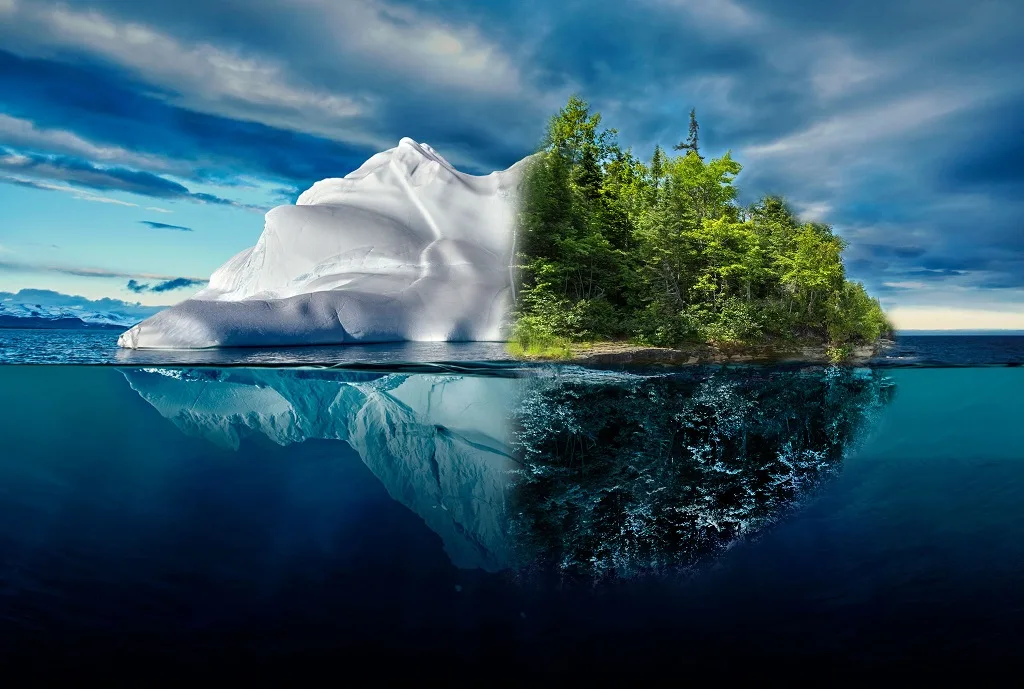
Arctic waters are actually warmer than Great Lakes right now
Strange but true -- the surface waters in the Beaufort Sea are outpacing Lake Superior when it comes to temperature this summer. In a flip-flop scenario, a monitoring buoy near Prudhoe Bay, north of Alaska, is recording temperatures better suited to Lake Superior, while the lake shivers in temperatures more suited to the Arctic Circle.
BAKED ALASKA
Alaska temperatures have been smashing records this summer under a dramatic ridge of high pressure, with afternoon highs soaring into the upper 20s -- and sometimes beyond -- across much of the state.
This temperature surge is also showing up in the coastal waters around the state, including those on the northern coast in the Beaufort Sea, north of the Arctic Circle.
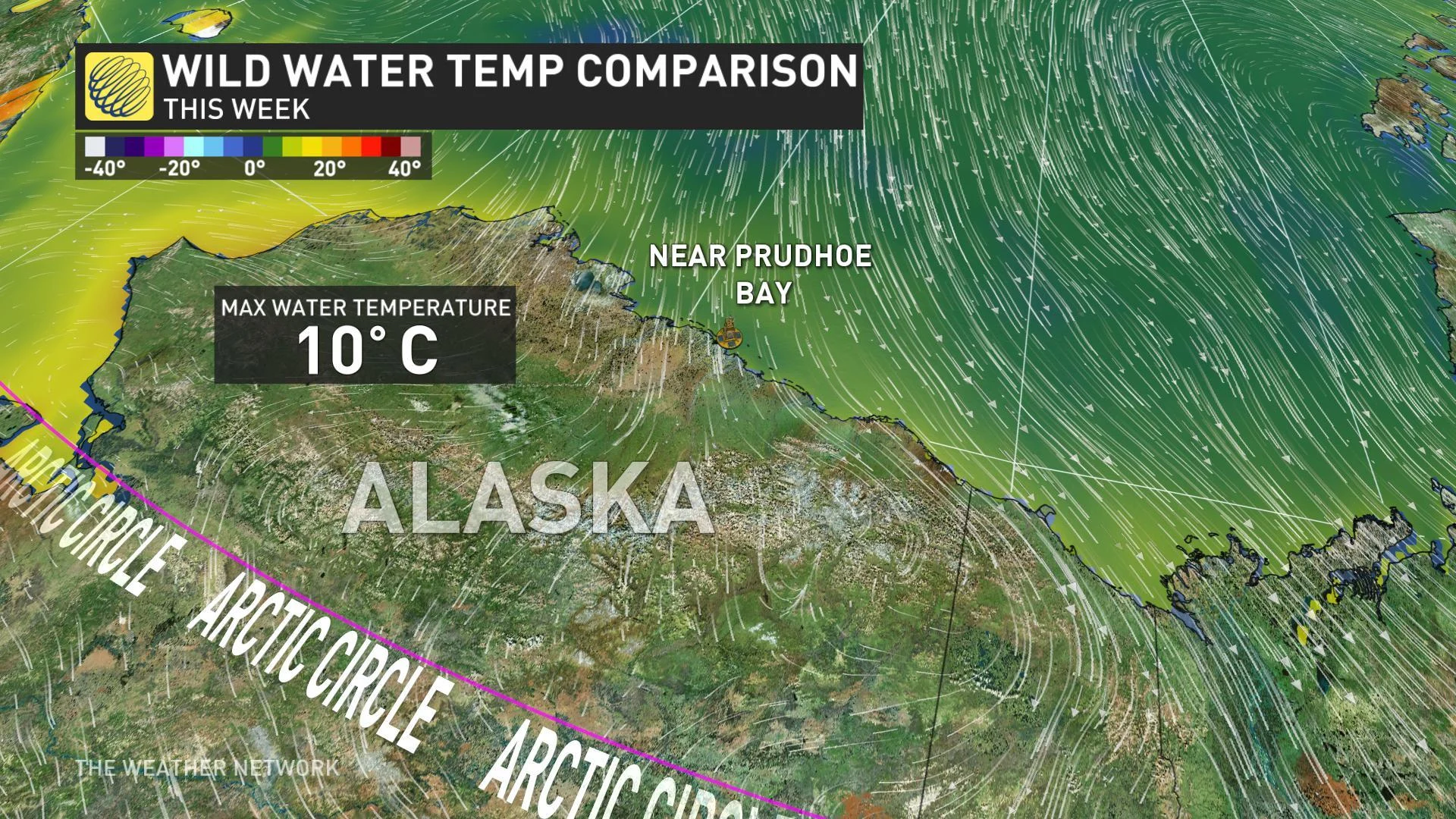
One buoy, near Prudhoe Bay, has topped out at 10ºC, and while that might not sound like prime swimming weather, it's about 7 degrees warmer than it should be in July. In fact, it's about 5 degrees warmer than it should be ever, based on the climatology.

This plot shows the mean temperature by month, plus the standard deviation and error bars, for water temperatures at the Prudhoe Bay buoy. A 10-degree water temperature is well outside the average range and nearly outside the warmest outlier range. Image courtesy NDBC/NOAA.
It's not just the summer heatwave at work here, though. The path was paved for this unusual warm water back in the winter of 2018/19 when the region smashed another ocean record -- this one for lack of sea ice.
The decline of sea ice volume and thickness on the Arctic Ocean has been well-documented since the late 1970s, and this year has marked an all-time low for ice extent in the Arctic basin.
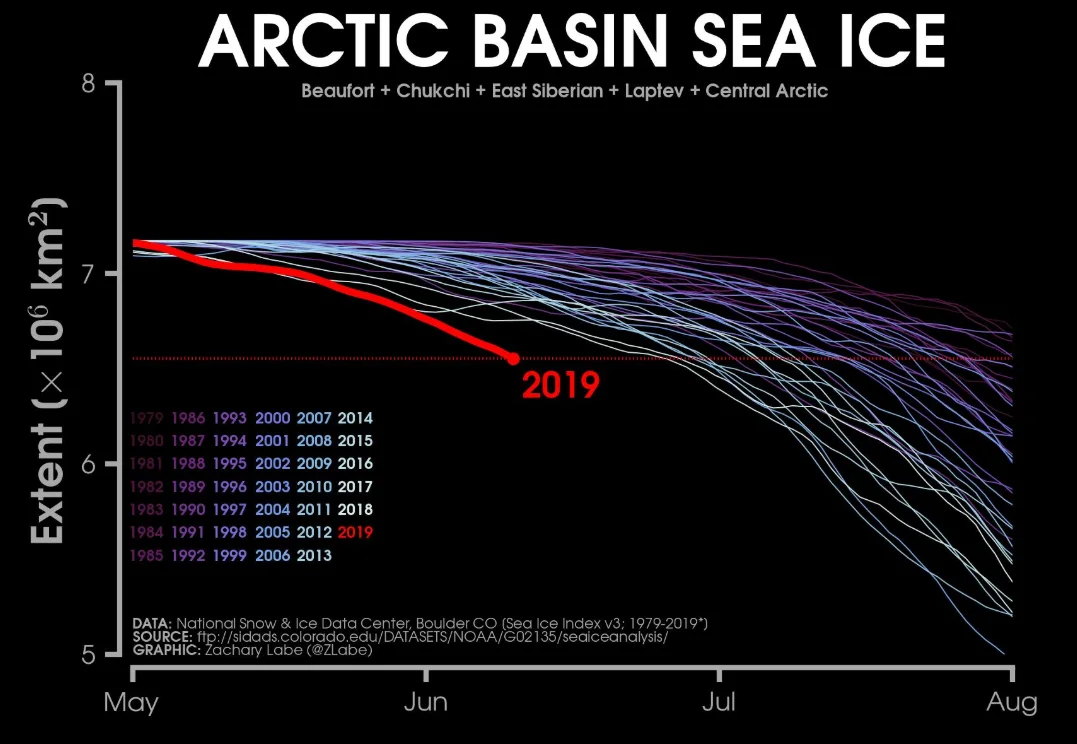
Image courtesy Zack Labe.
That lack of ice plays a big role in the warmer water. In particular, it reduces the albedo of the region (making it reflect less incoming sunlight) and allows the water to soak up more of the sun's energy.
And it's a vicious circle. This summer's warmer water may have significant consequences for next winter's ice cover, too.
SHIVERING IN SUPERIOR
On the other side of the coin, we have the Great Lakes, where water temperatures have been steadily lagging behind when it comes to warmth this summer.
Not surprisingly, the deepest and furthest north -- Lake Superior -- remains the coldest, with pockets of frigid water barely above the freezing mark.
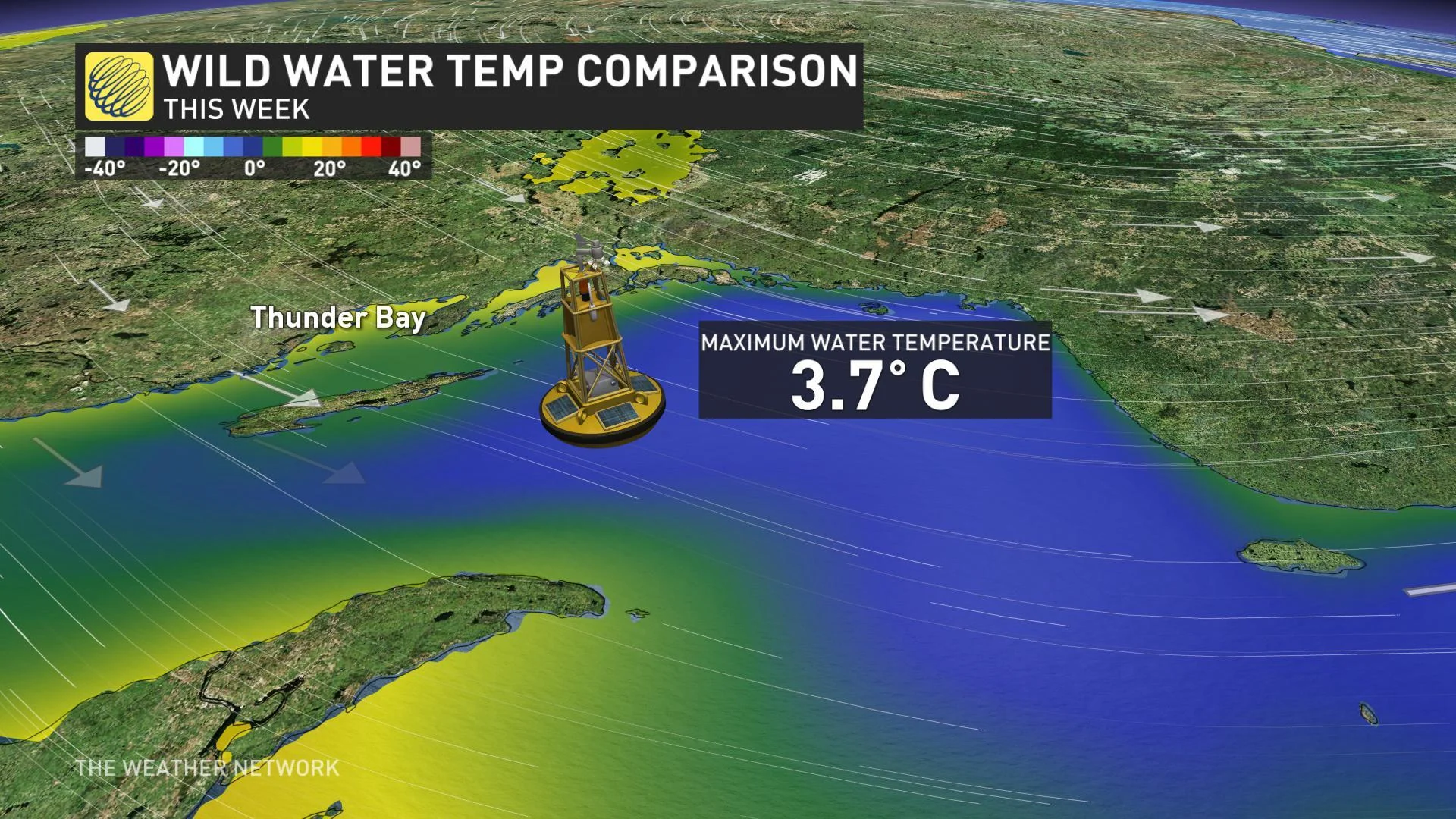
It's almost a complete reversal of fortune at work here, with ice coverage and below-average temperatures driving the story for the Great Lakes, as well.
Lake Superior had a banner spring for ice, with both the extent and duration of ice coverage on the lake well surpassing the average. The second half of winter 2018/19 was very cold over the Upper Great Lakes, driving the lake to exceed 95 per cent ice cover for only the fifth time in the last 20 years.
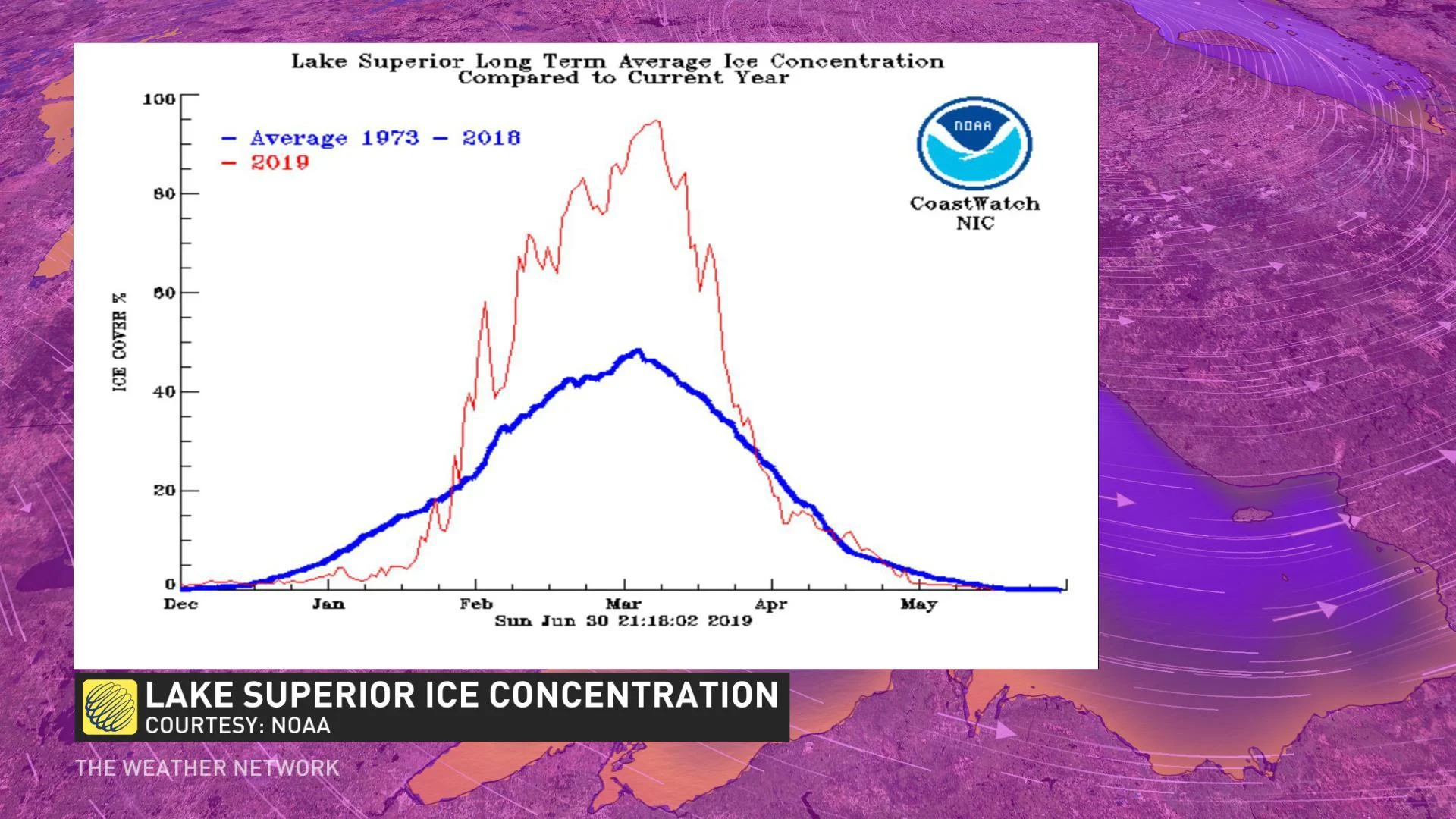
And that above-average ice cover was slow to melt in a lacklustre spring -- the last of the ice didn't disappear until late May. That, in turn, put the brakes on surface warming for the lake, leaving it running 5 to 10 degrees below average as we head into the heart of summer.
Sources: National Data Buoy Center | Zachary Labe | WPR |










